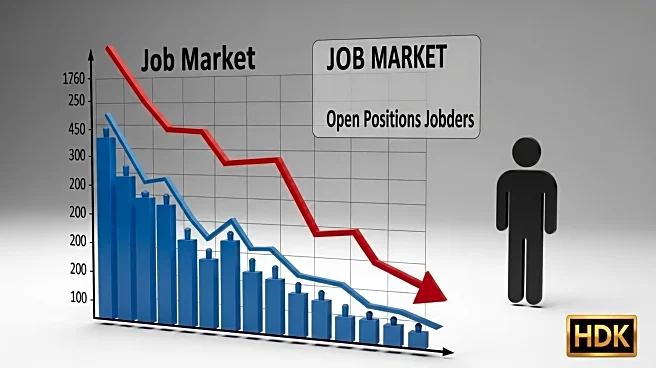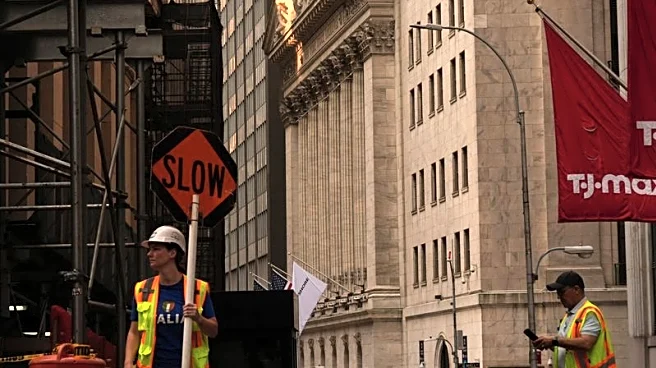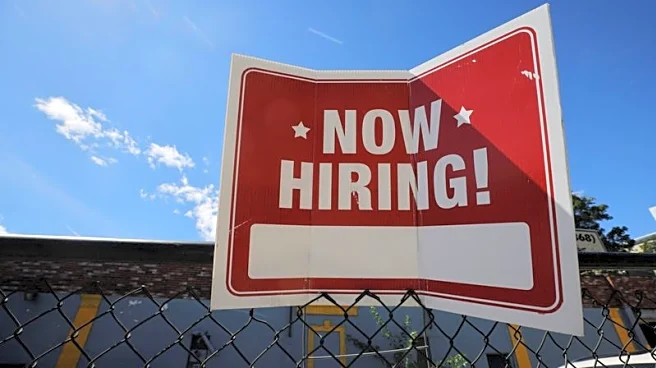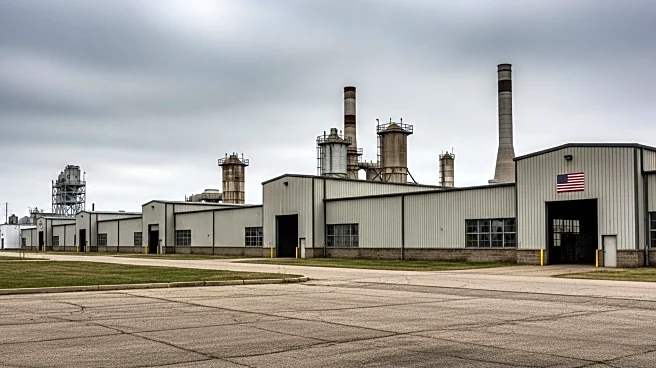What's Happening?
The U.S. manufacturing sector is experiencing stagnation in production levels since 'Liberation Day,' with labor market indicators showing a decline. Despite potential on-shoring of production due to tariffs, experts predict that automation will limit any significant increase in employment. The analysis, based on data from the Bureau of Labor Statistics, Federal Reserve, and Bureau of Economic Analysis, suggests that while manufacturing production remains flat, the sector is unlikely to see a substantial rise in jobs even if tariffs are fully implemented.
Why It's Important?
The current state of U.S. manufacturing highlights the complex interplay between trade policies and technological advancements. While tariffs aim to boost domestic production, the increasing reliance on automation poses a challenge to job creation in the sector. This situation underscores the need for policymakers to balance trade strategies with workforce development initiatives. The manufacturing industry's trajectory will have significant implications for economic growth and labor market dynamics in the U.S.
What's Next?
As the manufacturing sector grapples with these challenges, stakeholders will need to focus on strategies that enhance competitiveness while addressing workforce implications. This may involve investing in skills training and education to prepare workers for an automated future. Additionally, the industry will likely see continued discussions on the role of tariffs and trade policies in shaping manufacturing outcomes.












